31.1.2024
Grupariàta is a typical dish of Calabrian cuisine, originating from the town of Luzzi, in the province of Cosenza.
It is a rustic focaccia stuffed with tomatoes, anchovies, oregano and chili pepper, which is cooked in the oven and served hot or warm. Grupariàta is a simple but tasty dish, which tells the story and tradition of an area rich in flavors and culture.
The grupariàta (from “grupu” which translates into Italian as hole) owes its name to its preparation. To prepare it, in fact, it is necessary to prick the leavened dough with your fingers, to fill it with its toppings.
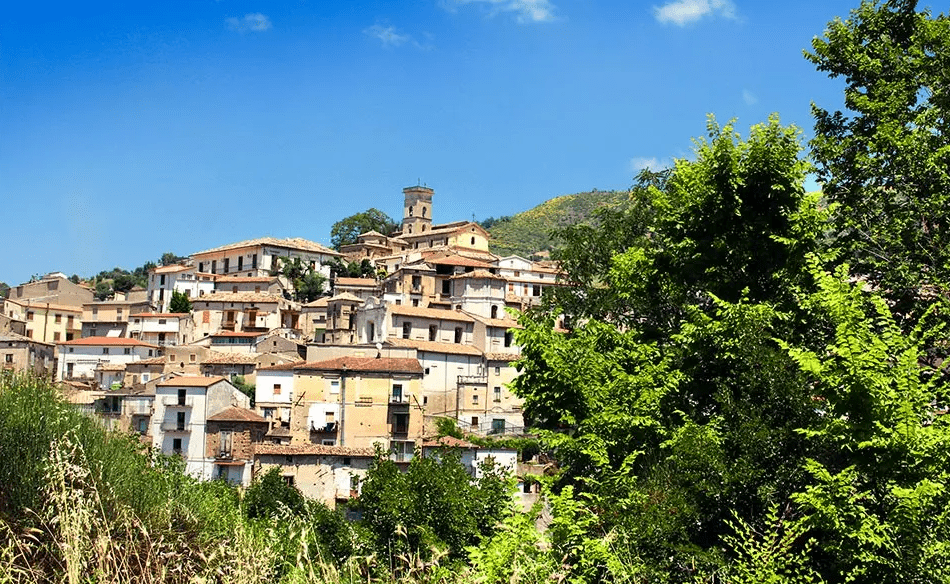
The grupariàta recipe dates back to ancient times, when farmers prepared this bread with the ingredients they had available: flour, oil, yeast and tomatoes grown in the fields. The flour, oil, yeast and tomatoes lovingly grown in the surrounding fields formed the basis of this dish, while the anchovies, wisely preserved in salt, added a touch of delicacy, elevating the modest dish to a higher level. Oregano and chili pepper, with their aromatic and spicy notes, joined the chorus, enriching the complexity of the flavors and aromas.
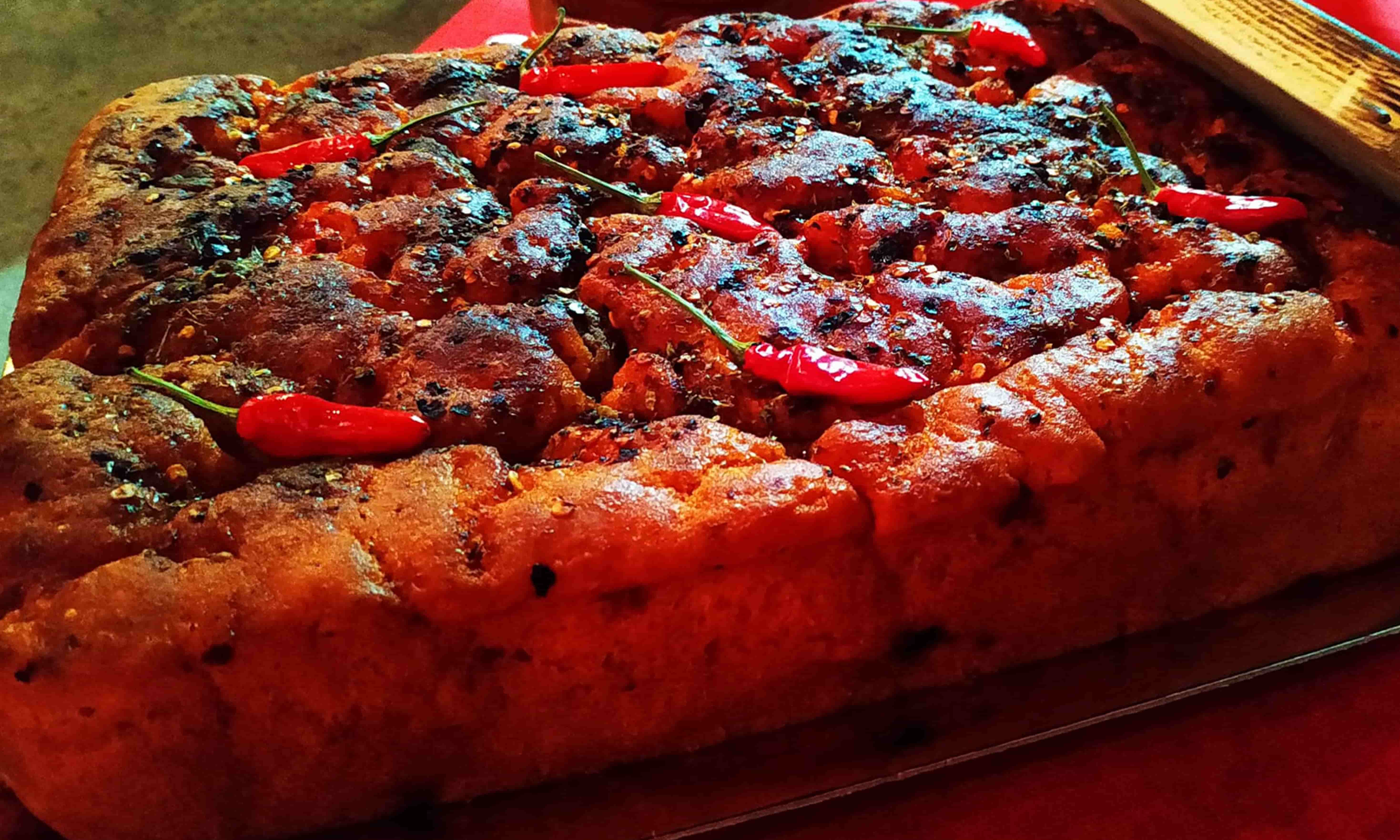
The grupariàta is still very widespread in Luzzi today, where it is prepared on the occasion of traditional festivals, such as the patronal feast of San Giuseppe or the feast of the Madonna del Carmine.
These days, the streets of the town are filled with scents and colors, and the Grupariàta is offered to visitors as a sign of hospitality and sharing. Anyone who tastes the Grupariàta is enchanted by its unique taste and its soft and crunchy consistency.
Grupariàta is a dish that will win you over with its simplicity and goodness, and will make you discover the authentic flavors of Calabria.
HISTORY
In the evocative setting of the picturesque town of Luzzi, in the heart of the province of Cosenza, there is a culinary treasure that enchants the palates of those who are lucky enough to taste it: the Grupariàta. This typical dish of the Calabrian tradition represents the very embodiment of the essence of local cuisine, expertly intertwining simple ingredients with a savoir-faire passed down from generation to generation.
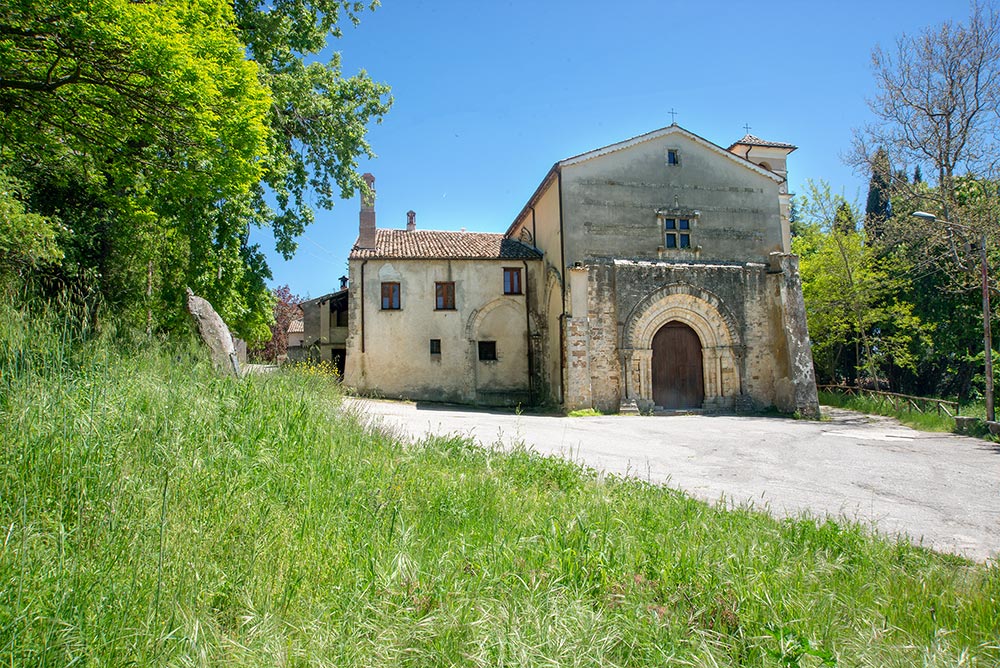
As mentioned, the Grupariàta, whose name derives from the local word “grupu”, which translates as “hole”, is a rustic focaccia steeped in history and passion. Its preparation begins with the leavened dough, which is delicately pricked with the fingers to create welcoming spaces for its rich filling. This dish has existed since at least the 16th century, since the first tomatoes arrived from the Americas, and since then not only juicy tomatoes, but also tasty anchovies, fragrant oregano and vibrant chilli pepper have fused together in a harmonious union, embellishing the bread and giving it a unique profile of unparalleled taste.
Even today, the experience of tasting the Grupariàta is a sensorial journey that enchants and enchants. Its soft and crunchy texture caresses the palate, while the authentic flavors of Calabria slowly reveal themselves, telling stories of generations and passion for good food.
Lastly, this humble and tasty dish represents the perfect combination of simplicity and goodness, offering anyone who tastes it a culinary experience that exudes the authentic soul of Calabria.
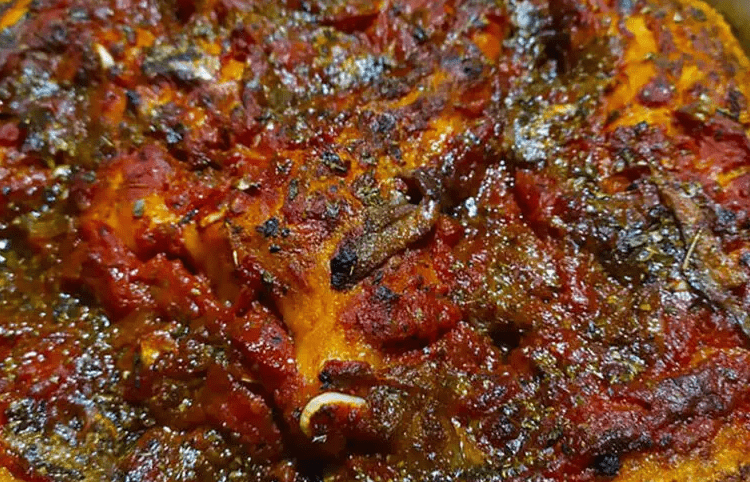
PREPARATION
This delicious focaccia is prepared in the Sila area, but it is a workhorse of Luzzi’s cuisine in the Cosentino area. Very simple but very tasty focaccia, be careful, also very spicy! The dish is prepared on the eve of the holidays when you have to eat “lean” but today it is always prepared when you want to eat this focaccia. “Grupariàta” can be translated as perforated, from the appearance that the focaccia takes on after being garnished with tomatoes and anchovies or with sea rose.
INGREDIENTS
- 1 kg 00 flour
- 800 grams of peeled tomatoes
- 250 grams of sourdough (or 1 stick of brewer’s yeast)
- 3 tablespoons of extra-virgin olive oil
- ground red chili pepper (sweet or spicy)
- chopped garlic
- oregano
- anchovies (for the garnish)
- salt
You need to use cubes of brewer’s yeast and dissolve it in a little hot water, like when preparing pizza at home. Then you need to pour it into the little “volcano” of flour and add the chopped chili pepper, the garlic, the oil and 2/3 of the peeled tomatoes cut into small pieces. The dough will become slightly red, you now need to mix well and obtain a soft and slightly sticky dough. It needs to rise for at least 1 hour in a warm place. After leavening, you must knead again and roll out the dough on a greased baking tray, but do so with well-greased hands.
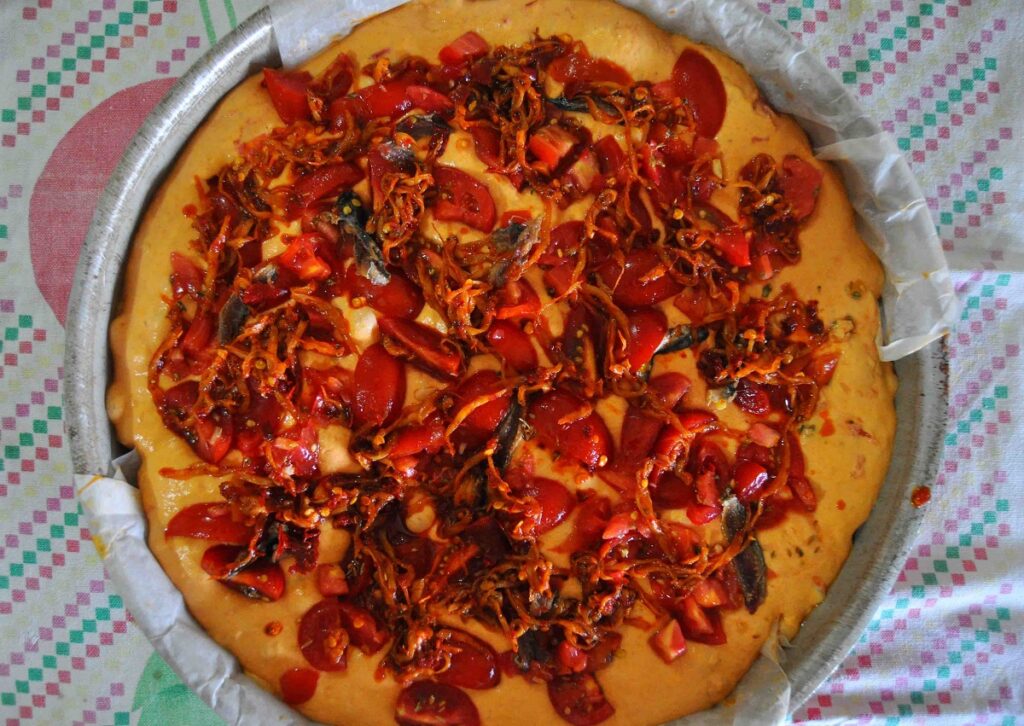
Garnish with the remaining peeled tomatoes which will push into the dough forming “holes”, same procedure with sardines and pilchards. Lots of oregano, olive oil and then everything in the oven at 180 degrees for about 1 hour.
When the focaccia is cooked, it must be removed from the oven and left to cool for a few minutes.



